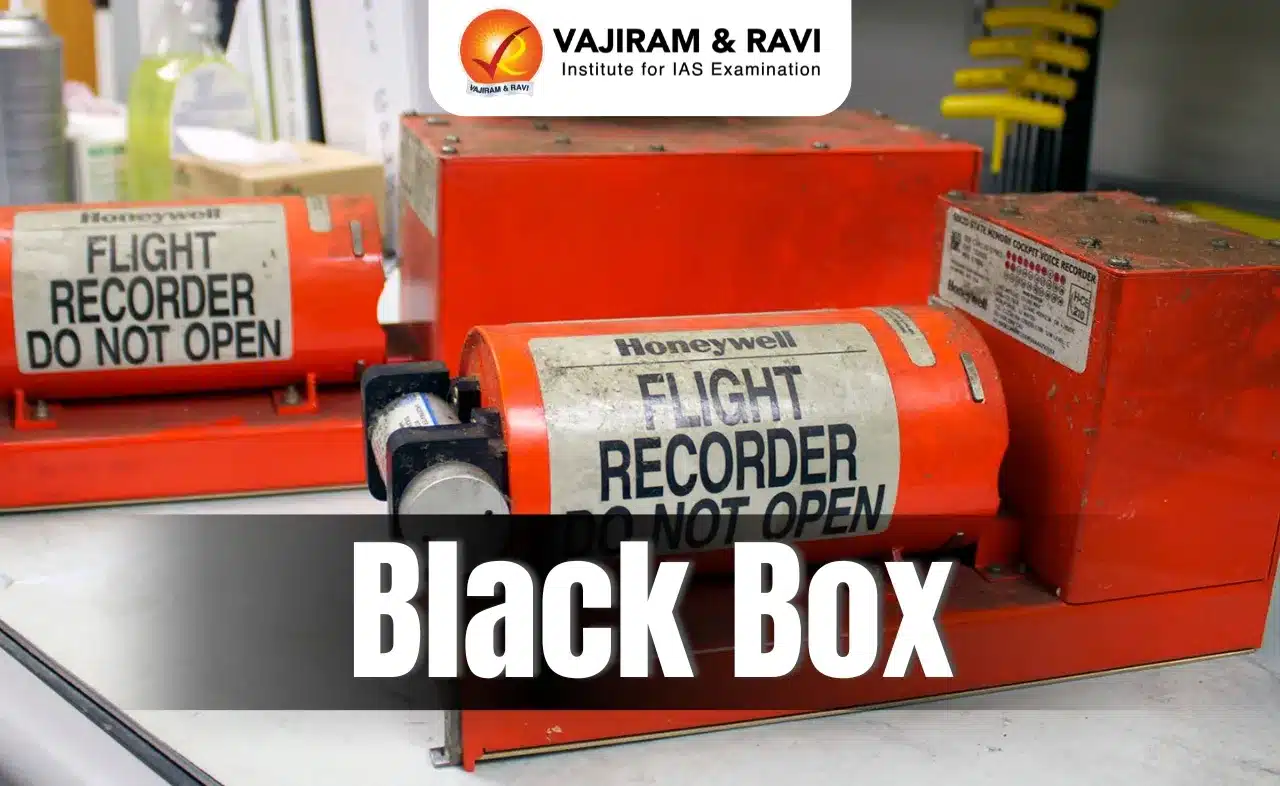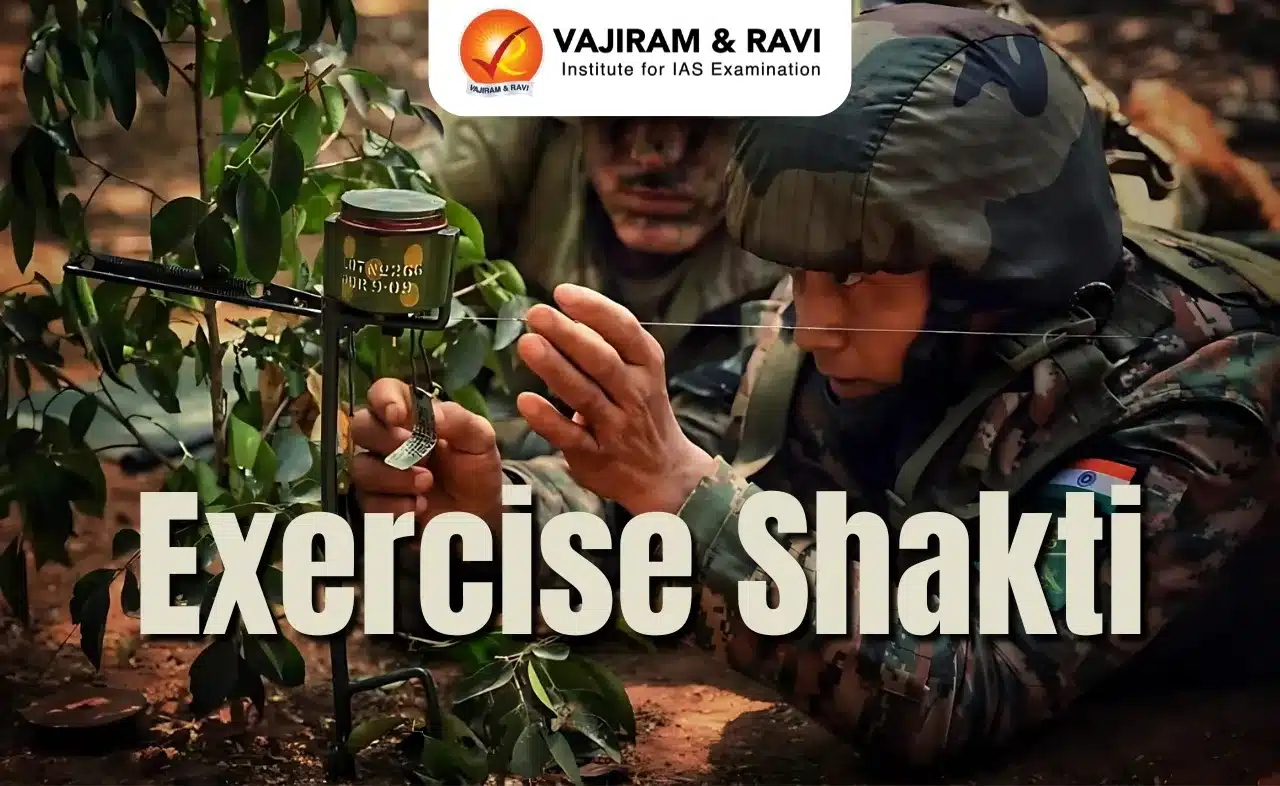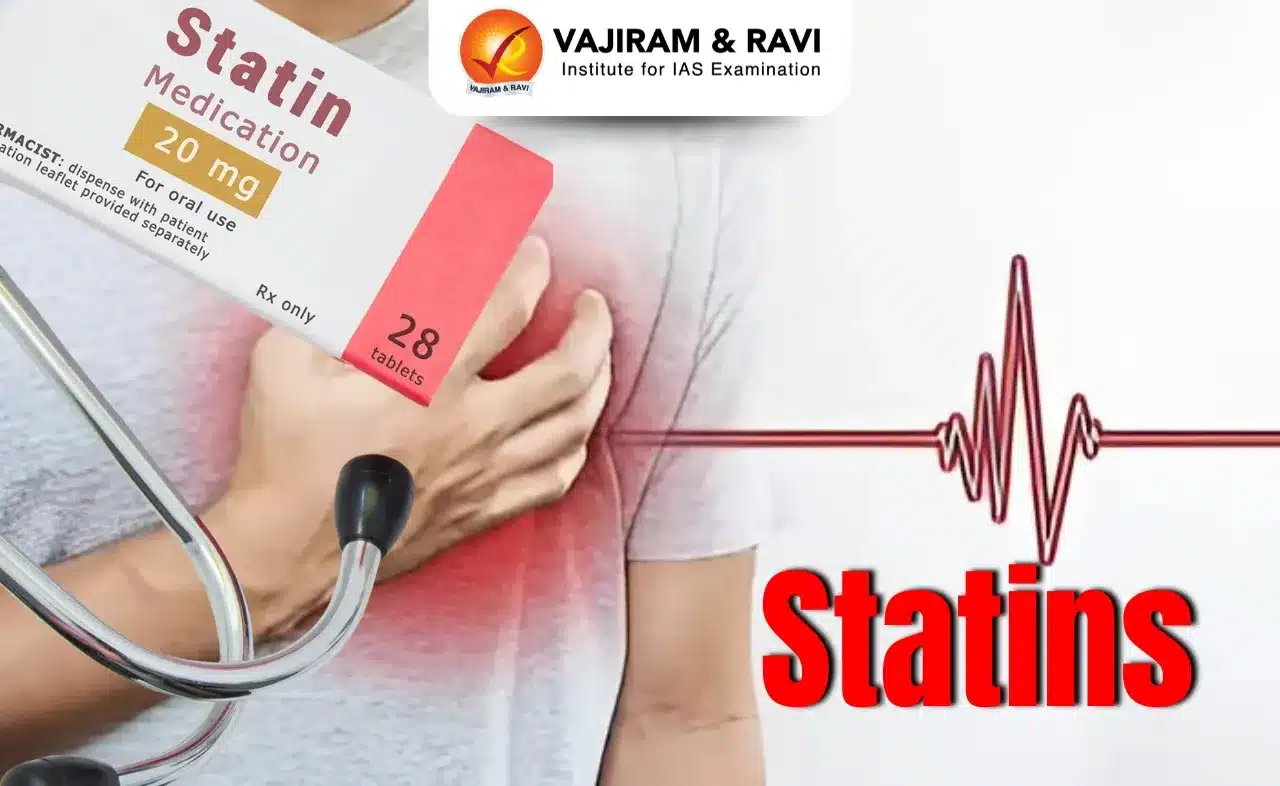Black Box Latest News
After a Gatwick-bound Air India plane(AI171) crash, the search for the flight's black box continues, which is crucial equipment to find out what happened moments before the disaster.
About Black Box
- It is a small machine that records information about an aircraft during its flight.
- This bright orange or yellow rectangular box is crafted to withstand explosions, fire, water pressure, and high-speed crashes.
- It was discovered by Australian scientist David Warren, it is used to discover the cause of a plane crash.
- Most aircraft are required to be equipped with two black boxes — the cockpit voice recorder (CVR) and the flight data recorder (FDR) — that record the information about a flight and help reconstruct the events leading to an aircraft accident.
- The CVR records radio transmissions and other sounds in the cockpit, such as conversations between the pilots and engine noises.
- The flight data recorder records more than 80 different types of information, such as altitude, airspeed, flight heading, vertical acceleration, pitch, roll, autopilot status, etc.
- The recording devices are stored inside a unit that is generally made out of strong substances such as steel or titanium and are also insulated from factors such as extreme heat, cold or wetness.
- To protect these black boxes, they are equipped towards the tail end of the aircraft, where the impact of a crash is usually the least.
Source: HT
Black Box FAQs
Q1: What is the radio transmission?
Ans: Radio transmission refers to the process of sending and receiving data wirelessly over radio carriers, involving modulation, demodulation
Q2: What is an example of a radio wave transmission?
Ans: AM and FM radio, military communications and air traffic control, cell phones and wireless internet.








